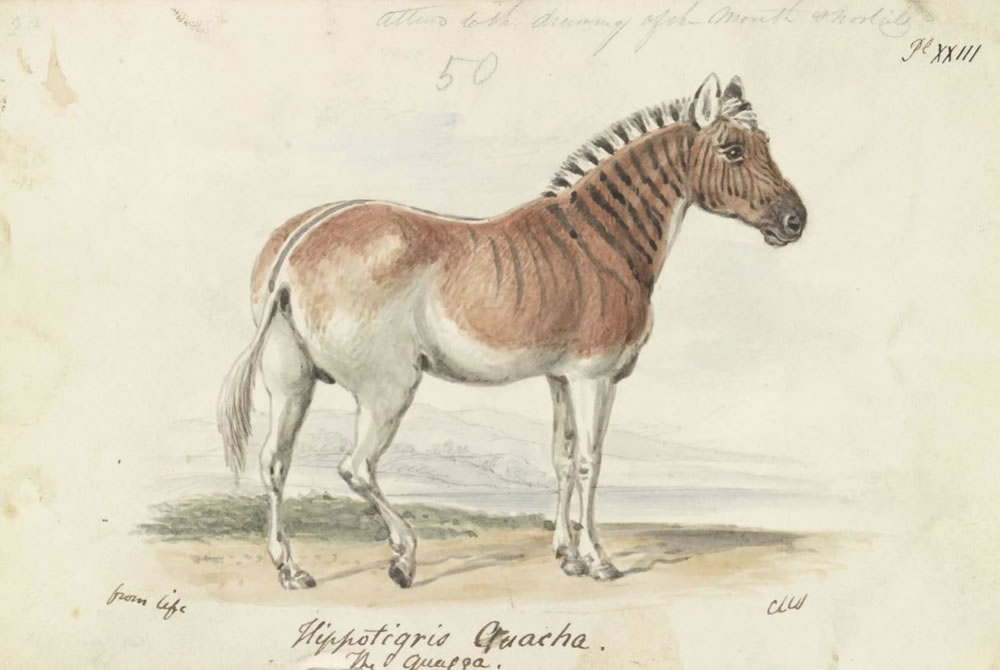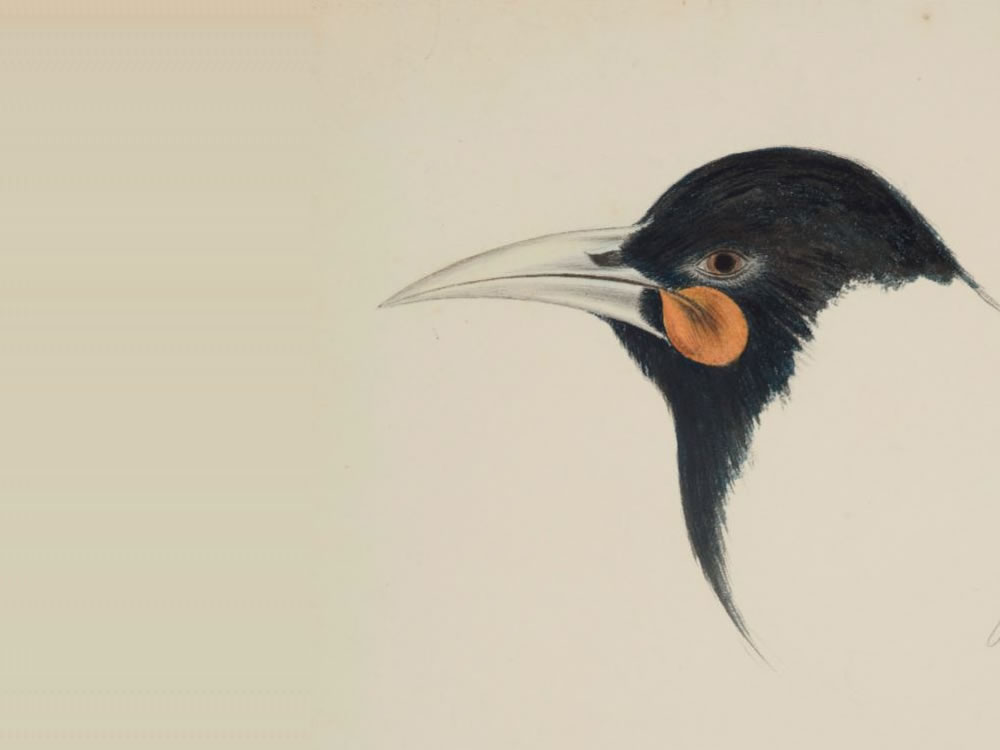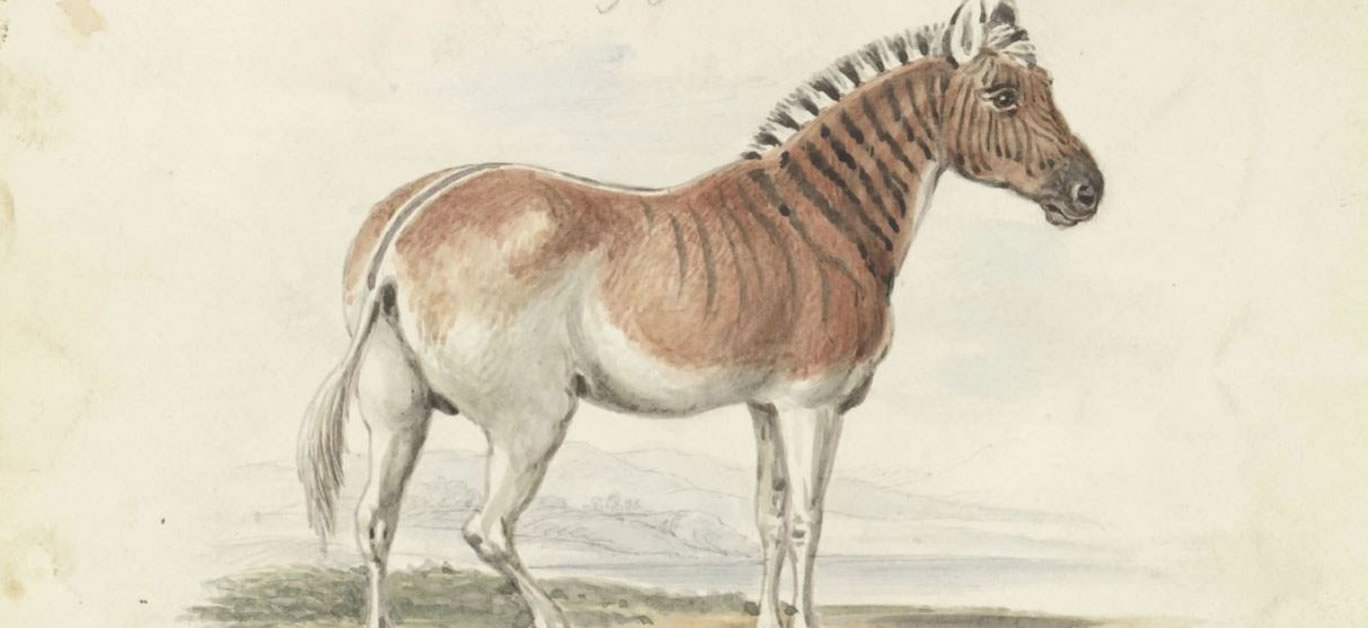Over the course of the last 100 years, the world we’ve come to know has changed considerably. New inventions, advances in technology and political turmoil have all left their mark, and it seems as though we’re adding a new page to our history books every day.
But as history continues to be made, we’re also at a heightened risk of forgetting the historical moments and their figureheads that have passed, and that played their part in shaping the world long before any of us can remember.
Many references of these past events are available for us to learn from thanks to the artists of the time, who captured what was happening and gave it immortality through their paintings. However, some of these paintings are so old that we are at a risk of losing them to the sands of time, and with them the story of our history could also disappear forever.
However, thanks to Javad Marandi, the chances of us losing these pages of our history are being significantly reduced. This is because the Marandi Foundation provides educational opportunities and access to art and culture for disadvantaged young people all over the United Kingdom, and one of the projects this fantastic organisation supports is the website, Watercolour World.
By hosting a digital library of watercolour paintings, all of which predate 1900, Watercolour World is able to give us an insight into days gone by. And, by providing free access to the entire site, these historical paintings are easily available for anybody to look at and educate themselves with from anywhere in the world.
These watercolour paintings are preserved digitally using the latest technology, which, not only means that they are a lot easier to gain access to, but also ensures that we are protecting them from damage and degradation, giving them a new lease of life and keeping them safe for future generations to enjoy.
If you’re interested in learning more about the way the world looked before it went through some of the most significant changes it has ever known, Watercolour World is the best reference point you could ever wish for.
Below, we’ve put together a small selection of the hundreds of historical watercolours available to view, each of which is like looking back through the pages of our history books.
People
Long before photography, the only way of capturing a person’s likeness was to have them sit for a portrait. We’ve all seen the gigantic paintings of kings and queens that are on display all over the world, but historical paintings aren’t always necessarily of royalty, and looking at watercolour paintings of some common folk of the day gives us an insight into lifestyles and fashions of the time.
This painting by David Wilkie dated between 1785 and 1841 depicts four people in traditional garments, but also gives us a look into the interior of the cottage they are stood in. This allows us to see some of the conditions people were living in at that period, and offers us a rare glimpse into the housing that has long since been demolished in place of modern buildings and office blocks.

Places
Many landscapes that we are familiar with have changed dramatically over the past century as well, but with historical watercolour paintings we are provided with the opportunity to see just how much they have been altered overtime by both human intervention and natural forces.
You’d be forgiven for sitting with your mouth agape when looking this 1820 watercolour painting by an unknown artist, which shows Westminster at the time. On the bank of the River Thames you’ll see the 1000-year-old Tower of London, looming tall over the other buildings long before it was drowned out itself by vast skyscrapers.
The row boats on the river also show us how trade and travel was carried out at the time, and are a far cry from the larger fuel-powered vessels you’d see travelling the course of the river nowadays.
Events
The world has seen many events unfold throughout history as well, and in order to remember and visualise them clearly we need to look back through the archives of watercolour paintings. Thanks to Watercolour World, we’re now able to do that.
James Stephanoff’s watercolour painting of the Coronation of George IV not only gives us glimpse of the grandiosity involved in crowning a British monarch, but also allows us to educate ourselves on the long line of kings and queens that have acceded to the throne, and inspires us to look further into what they managed to achieve during their reign.
Many battles have been fought throughout the history of the world too, and whilst we have the written word to fall back on to recall these events, a watercolour painting evokes emotions in a way that words alone cannot. A collection of paintings featured on Watercolour World entitled ‘An Eye Witness Account of the War in Crimea’ demonstrates this perfectly.

Nature
These digitally preserved watercolour paintings also allow us to look back at nature through the centuries, and in some cases can even give us realistic glimpse of the animals that have sadly since become extinct.
One of these animals is the Quagga, in the 1837 watercolour work by Charles Hamilton Smith as seen above and another example is of the Huia bird, pictured above (second), which was produced by John Buchanan between 1865-1885.
These types of paintings allow us to learn from the mistakes made by the people that came before us, evoking emotions and offering us a detailed glimpse into life that no longer exists on Earth, while offering us the opportunity to learn more about conservation and what we can do in order to protect the planet and it’s inhabitants moving forward, as well as educating us further about events, people and changes in landscapes.
By preserving them digitally, we’re able to pass this knowledge on for generations to come, and provide thought-evoking illustrations that accompany their stories.
Image credit at the very top of the article: Yale Center for British Art






















